How Women’s Sizing Has Changed
Over the past few years, there has been an increasing attention to women’s sizing and the need for more inclusive sizes. This has primarily been due to the rise in plus-size models, fashion models that fall under the category of overweight, and their success.
As brands have started using more plus-size models, they have also started including higher sizes, like XXL and XXXL. However, many people have noted that despite this influx of sizes, their products are still not inclusive enough.
Not all brands carry all sizes, and some only increase size at a certain point. For example, some brands will only offer up to a size small, while others start at a size medium. There is no universal size that starts high enough to fit all women!
This is because most fashion designers are male, and they do not consider female bodies when designing clothing. They design for what they perceive as the “average” woman, which is not true at all.
Hooks and eyes

Photo by cottonbro studio on Pexels
Prior to the 20th century, women’s clothing almost always had some form of hook and eye fastening. This could be on the front of a dress for the neckline attachment, on the back for waist adjustment, or on either side of the sleeve for sleeve attachment.
There were also hooks and eyes in place of zippers! The zipper was not invented until its patent in 1893, but it took some time for it to be widely used.
Since then, zippers have become more prominent as a clothing feature. Even dresses can have zips instead of hooks!
However, with the rise in casual clothing trends like sleepwear and yoga pants, the hook and eye fastening has fallen out of use. It is still recognizable as part of traditional dress fashion, though.
Cup sizes
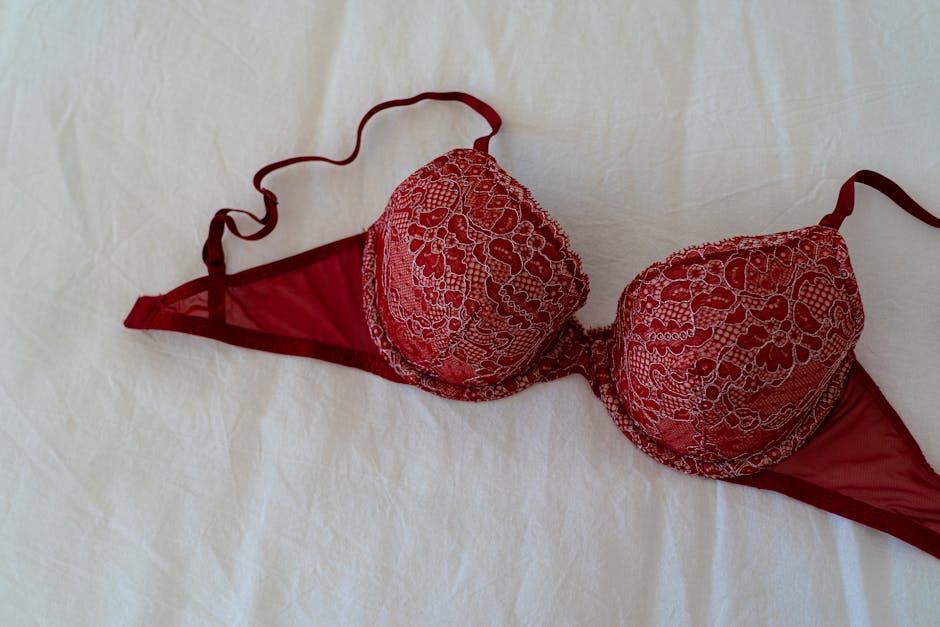
Photo by Castorly Stock on Pexels
Earlier we mentioned the difference between band sizes and cup sizes. Band sizes refers to your waist size, so if you were a size 12 in jeans, you would be a 12 in pants and skirts.
Cup sizes refer to how large your breasts are. A small cup size would be a person with a small breast size, a medium cup size would be average sized breasts, and a large cup size would be someone who had very large breasts.
Now, earlier in the decade when fashion was more experimental, women wore bras that were too small for their breasts. This was done to create space between the breast and the clothing so that the shape of the breast was visible.
Now, with fashion moving away from that trend, bras are being made with better fitting cups. People who are in larger band sizes and smaller cup sizes are able to find bras that fit them correctly!
Bras are also coming in different styles now, like bralettes or camis. These can be more comfortable for people who do not need much support.
Band sizes
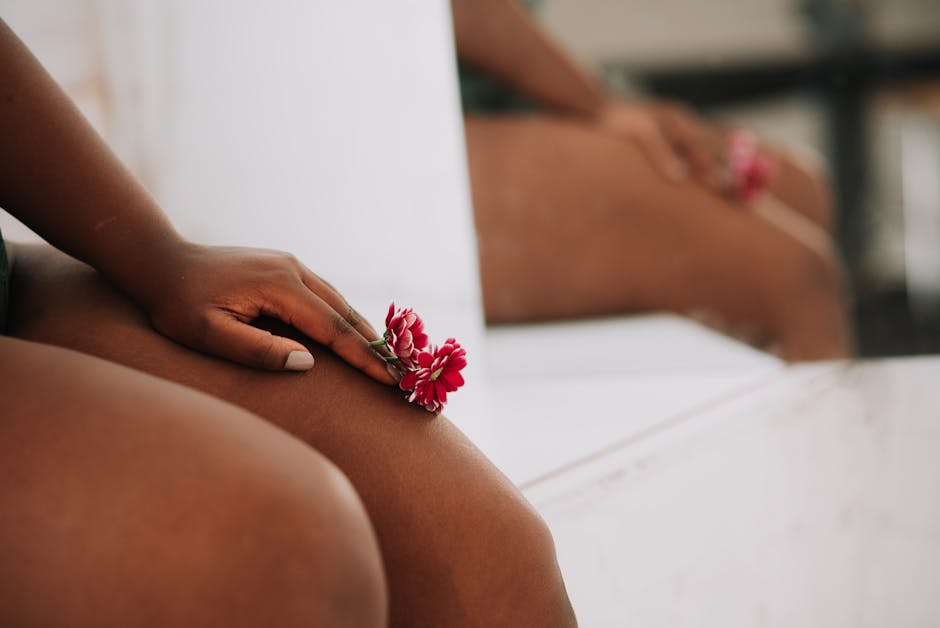
Historically, the average band size was typically around 32 or smaller. As brands have moved towards offering more inclusive sizes, they have had to increase their band sizes to match the larger hip measurements.
Today, the average band size is usually a size 34 or higher, with some brands offering sizes up to 46! This is a great thing for women who wear larger bands as it has increased availability.
With the rise of obesity in the US, it has become harder to find bands under size 32 due to supply issues. Many customers end up having to buy bands from other countries due to this which can be pricey. The issue is so big that some companies have stopped making bands under size 32 due to lack of demand.
Furthermore, as brands move down in band size, material becomes less supportive and sturdy which can make wearing certain garments difficult.
Understanding your size
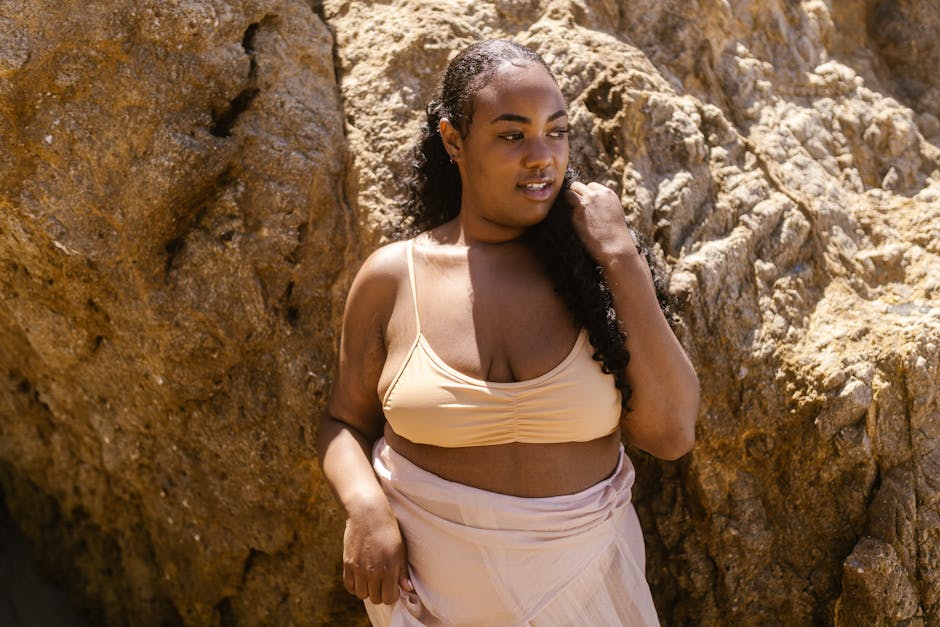
So, how do you understand your size? Well, first you have to understand that sizing is not universal. Sizing is very market-specific, and even brand-specific.
For example, a size 8 in heels may be a size 5 in sandals, depending on the brand. This is because of the difference in foot volume for each style.
Second, as brands continue to expand their sizes to attract more customers, it is getting harder to define a size. A size 8 today may be a size 10 tomorrow, even if the brand does not change its design.
Third, once you find your best fit, stick with that brand! If you find a shirt brand that fits you perfectly and covers your modesty needs, buy lots of them! Buying expensive brands does not always guarantee a good fit, but sticking with brands that do fit you well will help you maintain your sense of self-esteem and confidence.
Help! I can’t find my size!
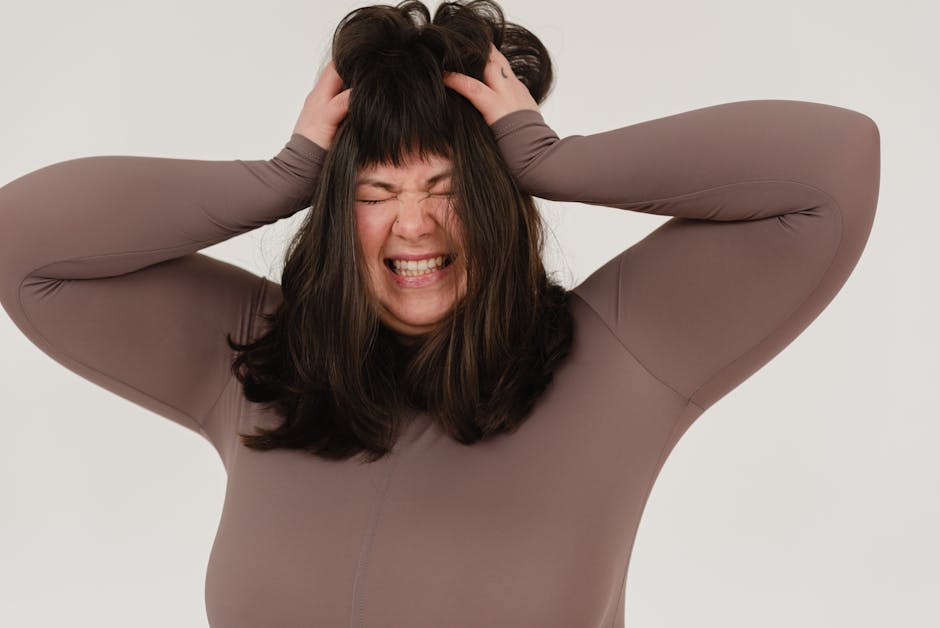
As brands move away from the numerical sizing system and towards their own sizing schemes, it has become harder and harder for women to find their size.
Plus-size women report having the most difficulty finding sizes, with some even claiming it is impossible to find clothing that fits. This is largely due to the way brands design their clothing- they design for a average body shape, not for curves.
Some brands have even started using exclusive sizes, making it even more difficult to find a fit. For example, Louis Vuitton uses a specific set of dimensions for each size, making it impossible to buy if you do not fit those dimensions.
I personally have seen women struggle to find sizes and end up buying older models or larger sizes than what they need because of this issue. It is truly hard to keep your self-confidence high when you cannot find clothes that fit you.
What’s with the extra inches?

Photo by nappy on Pexels
One major change in women’s sizing over the past few decades is the addition of inches to garments.
Roxane, our fashion director, remembers a time when she could fit into her sister’s clothes, and they were both sized as small. Now, even though Roxane is a true size small, she would have to buy a size or two above for it to fit like her sister’s did.
Clothing brands seem to be adding two additional inches to every size now. This makes it harder to find your true fit, and can lead to purchases that are too big or too small.
It can be frustrating trying on outfit after outfit only to find that none of them fit properly! But don’t give up – we’re here to help.
Why has women’s sizing changed?
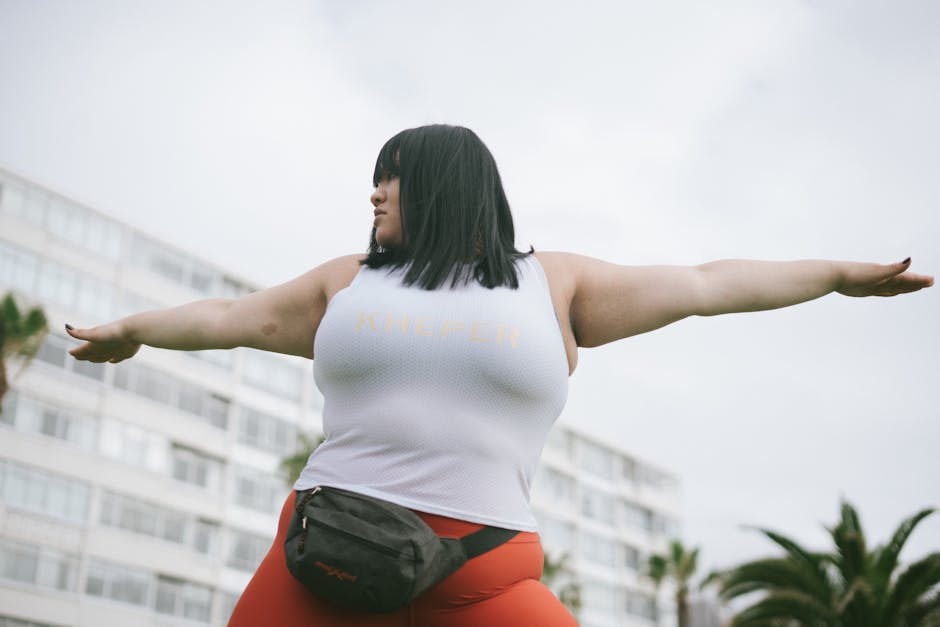
One of the biggest reasons sizing has changed is to promote the idea of body positivity. By offering up to six sizes above a woman’s actual size, it shows that beauty comes in all shapes and sizes.
By offering plus-sized clothing options in lower sizes, teens can feel beautiful in their shape at an early age. By offering extra-small clothing options in larger sizes, smaller-framed women can feel beautiful and comfortable in their size.
By offering taller women longer length garments, they can feel beautiful and stylish. By offering shorter women shorter garments, they can also feel beautiful and stylish. It is about beauty coming in all shapes and sizes!
Some brands have even gone back to older sizing systems due to the demand for them.
Body shapes and curves
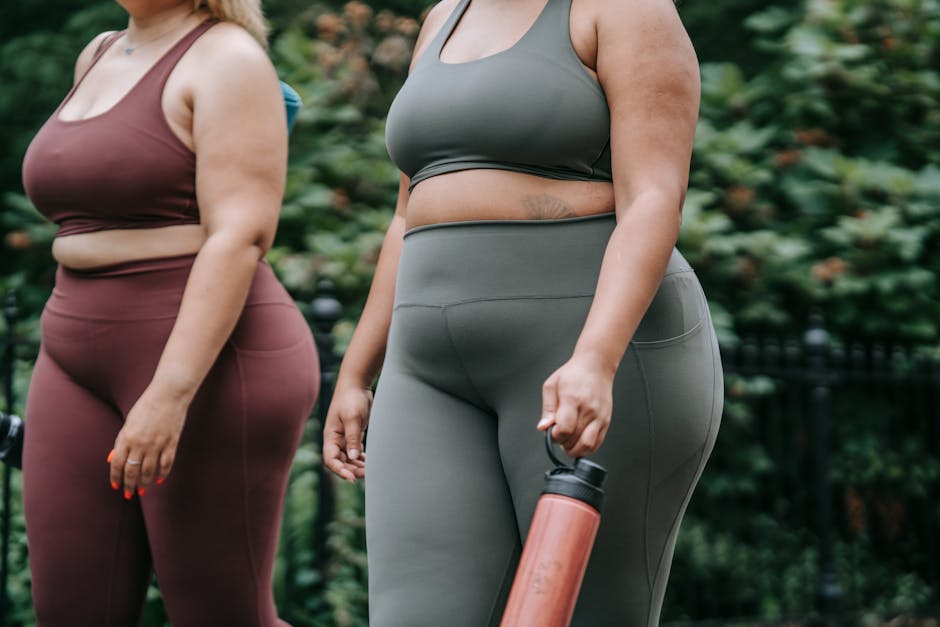
Photo by Mizuno K on Pexels
As we’ve seen, the way women’s sizes have changed has been in regard to body shapes and curves. As fashion has trended towards more and more exposed skin, clothing has also shortened and fitted.
Many trends, such as leggings as pants and bikini tops as tops, are almost universal for sizes. This is because they are forgiving of body shapes and curves, like fat or muscle.
Leggings can hide fat or muscle, and a bikini top will not change size depending on your breast size. This makes it easy to shop for these trends!
It is important to note that none of these are wrong or bad — all shapes and curves are beautiful! But if you do not fit into the current beauty trend, you may have a harder time finding clothes that fit you.


